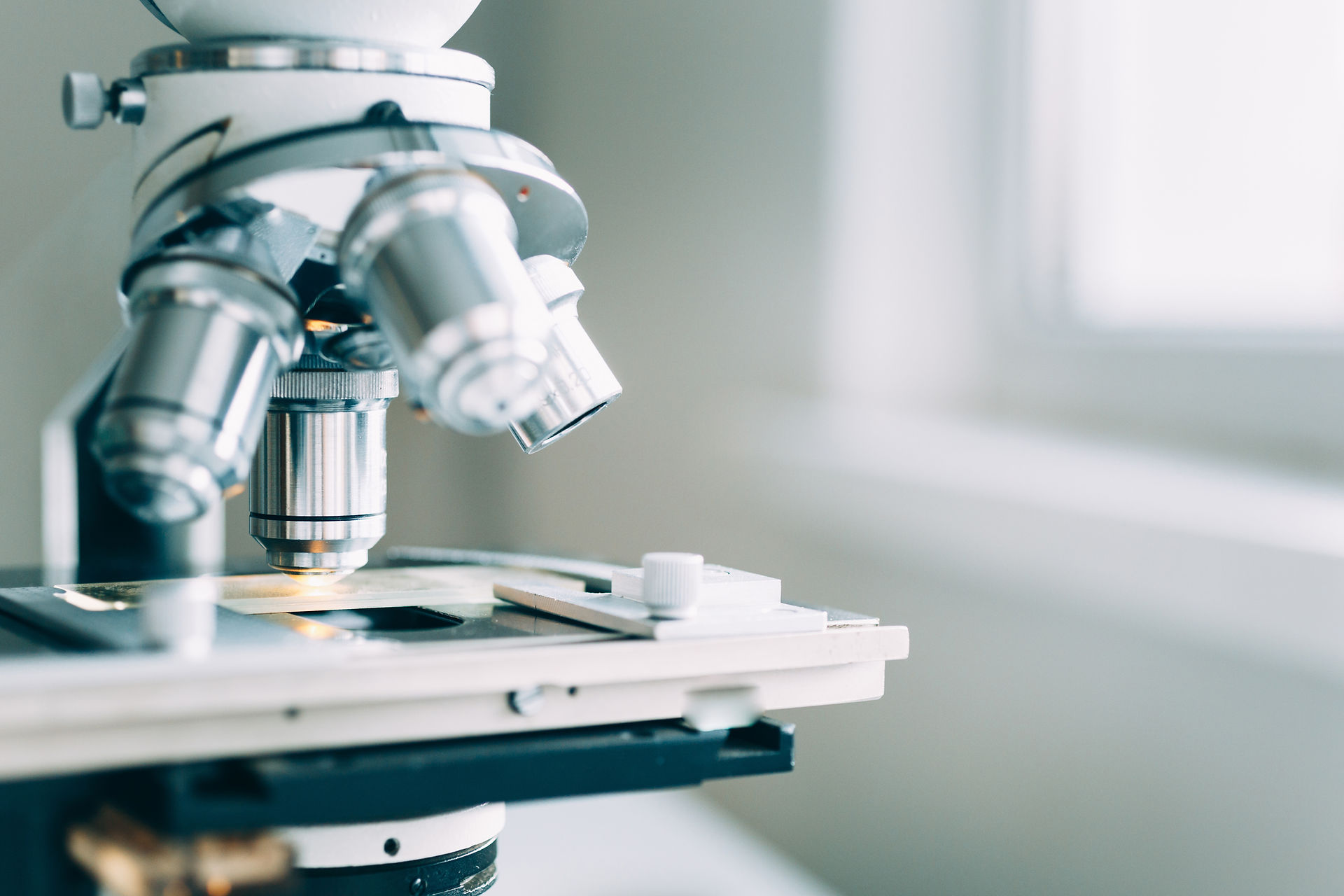PLASTIC WITH PRAWN SHELLS
- IIChE Ozone

- Sep 20, 2019
- 2 min read
Nature can always do the best for us , unlike us- humans who dump over 300 million tons of plastic in a year.
In which 10% of the plastic is dumped in the ocean. We Indians make our work so easy that instead of recycling the plastic , which turns out to be easier than generating new plastic we still produce more of it even when we know that it damages our very own provider of everything (mother nature) . Coming to the stats of the plastic, scientists predicted that by the end of 2050 plastic will consume the entire ocean by dominating the population of fish present in it. The United States and its territories are home for many coral reefs which provide shelter for variety of fishes in case of a natural disaster and they also help in reducing the shoreline erosion produced due to strong waves. However, we may not be able to enjoy the beauty and benefits of coral reefs for much longer as our plastic trash continues to infiltrate and devastate reefs at alarming rate; systematically poisoning, wounding, and infecting coral communities, leaving stark white skeletons in their place. These are very few adverse effects due plastic pollution. We cannot eradicate plastic pollution but we can control it by taking few measures.
Our goal is to make a bio-plastic film which is non-deniable , cost friendly , which can take up heat at least at 80˚C , most importantly it should be durable and it should block oil and water. By considering all these factors a 17 year old school girl has invented a bio-plastic film that is generated with discarded prawn shells. They consist of a hard yet flexible protein called as chitosan a version of chitin which is the second most abundant organic material in the world. The protein is found in various fungal cells, insect exoskeletons, spider webs and crustacean shells. She extracted the protein and combined it with fibroin – an extremely sticky material , which creates a material that is as strong as a prawn shell and as flexible as a spider web. Hence we should the use and promote the use of the bio-degradable film than the life - threatening plastic.




_edited.png)




Comments